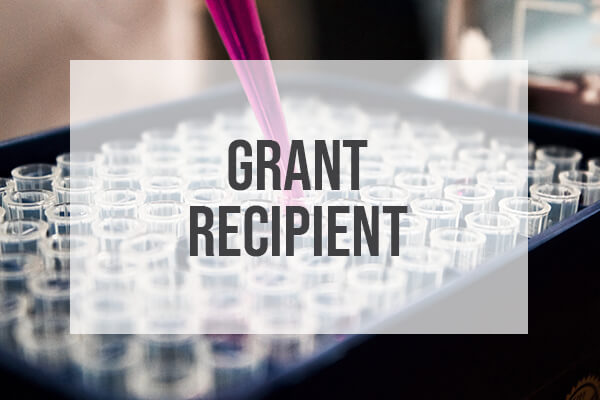Final Report: Waikato Medical Research Foundation Project #258
Summary
The aim of this research project is to characterise the role of a toxin-antitoxin system (the FitAB system) in intracellular replication and cellular trafficking of the gonococcus (GC) Neisseria gonorrhoeae. Trafficking and intracellular replication are incredibly important for establishment of infection, in addition intracellular replication is hypothesised to play a role in the maintenance of an asymptomatic carrier population. We have characterised the biochemical activity of the FitB protein, and have determined it cuts RNA in a sequence specific manner. The length of RNA FitB cuts is different to previously characterised VapC enzymes, leading to development of a new method to determine sequence specificity. We optimised intracellular replication experiments using A549 lung epithelial cells and FitAB gene deletion strains. We see a marked difference between wild-type and deletion strains, which confirms the FitAB TA system plays a role in intracellular replication. We have taken RNA samples from various time points during this experiment and are awaiting the transcriptomes for these from the Beijing Genomics Institute (BGI).
Background
A toxin-antitoxin (TA) system was identified in a mutagenesis screen for mutants with the ability to traffic across epithelial cells faster compared to the wild type (1). GC that lack the fitAB (fast intracellular trafficking) operon grow normally extracellularly, but have an increased rate of replication within epithelial cells and as such increases the rate at which the mutant can traverse the epithelium (1).
The FitAB toxin-antitoxin system belongs to the VapBC TA family. Members of the VapBC family are hypothesized to play role in the persistence of Mycobacterium tuberculosis and other bacterial pathogens (2). The VapBC system is characterized by an overlapping, bicistronic operon, where the antitoxin (VapB/FitA) is upstream of the toxin (VapC/FitB). The antitoxin consists of a DNA binding domain that binds to its own promoter to regulate expression and also binds to VapC inhibiting its activity. VapC belongs to the PIN domain family of proteins, which cause growth arrest by virtue of their ribonuclease activity (3).
Proposed Aims of the Project
The overall aim of this project is to determine the cellular target of the of the FitAB toxin antitoxin system within Neisseria gonorrhoeae to better understand the mechanism of intracellular replication and persistence of this organism.
Would you like to support the work of the Foundation?
Contact us for more information, or simply make a donation.




